This festival kicks off with a tribute to actress Peggy Cummins, legendary for her ferocious performance as carnival sharpshooter Annie Laurie Starr in “Gun Crazy” (1950, Joseph H. Lewis). As always, Noir City will feature classics and rarities.
Opening weekend will feature the world premiere of two of the FNF’s latest film restoration projects: “Try and Get Me!” (1950, Cy Endfield) and “Repeat Performance” (1947, Alfred L. Werker).
The San Francisco festival runs Jan. 25-Feb. 3, 2013. The festival (with variations on the program) travels to several other cities throughout the year.
We at FNB can’t wait for the Hollywood fest, which usually arrives in April.
![Peggy-Cummin_vrt2b_x304[1]](http://www.filmnoirblonde.com/wp-content/uploads/2013/01/Peggy-Cummin_vrt2b_x3041.jpg)






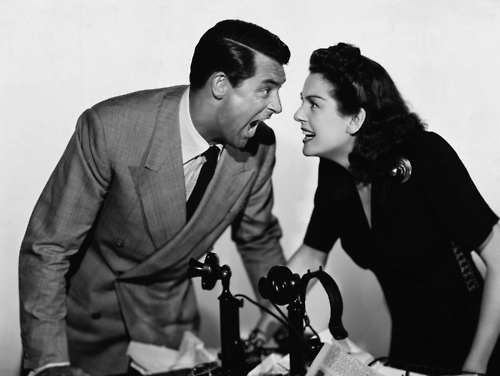
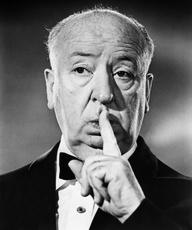

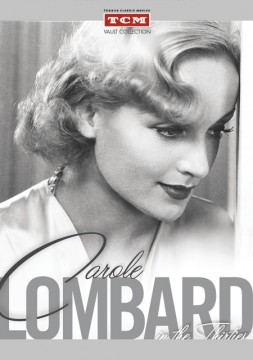
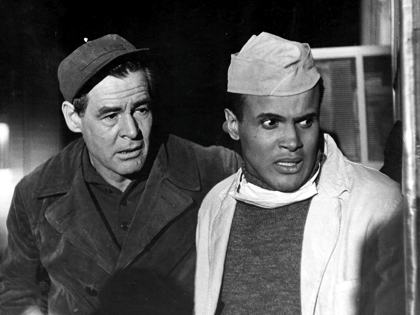
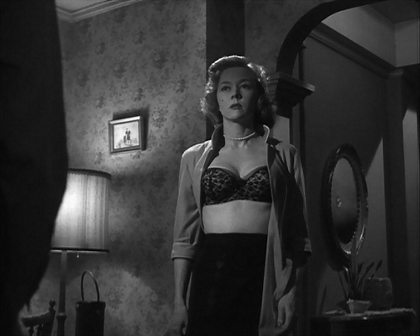

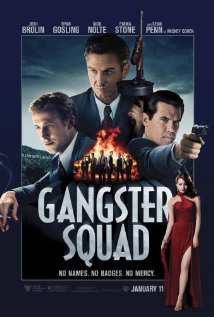
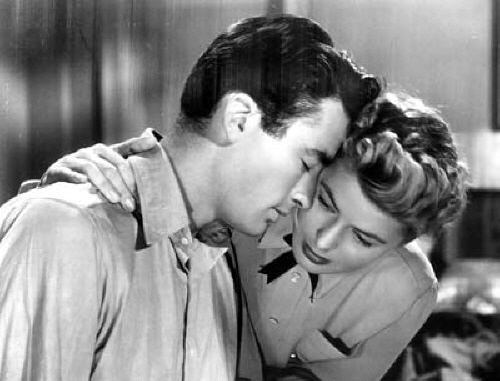
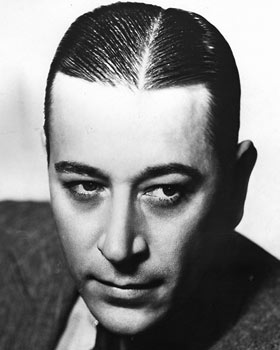
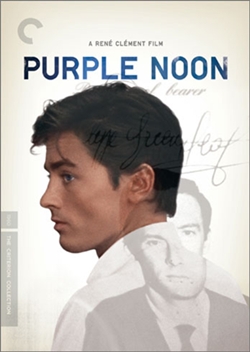
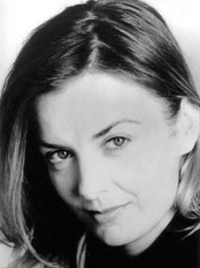
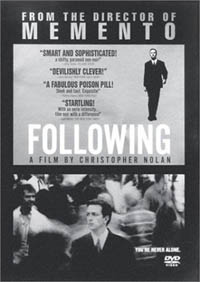

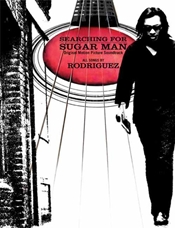
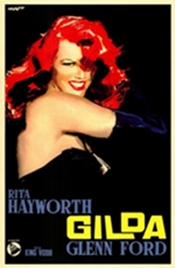
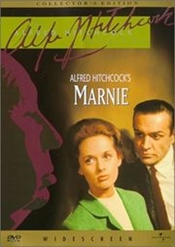
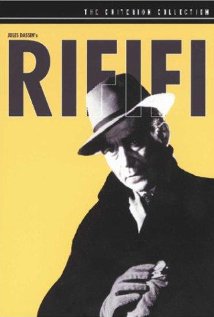
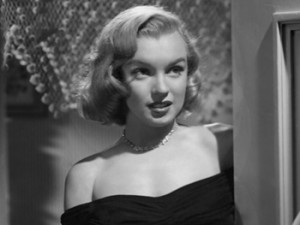





From FNB readers